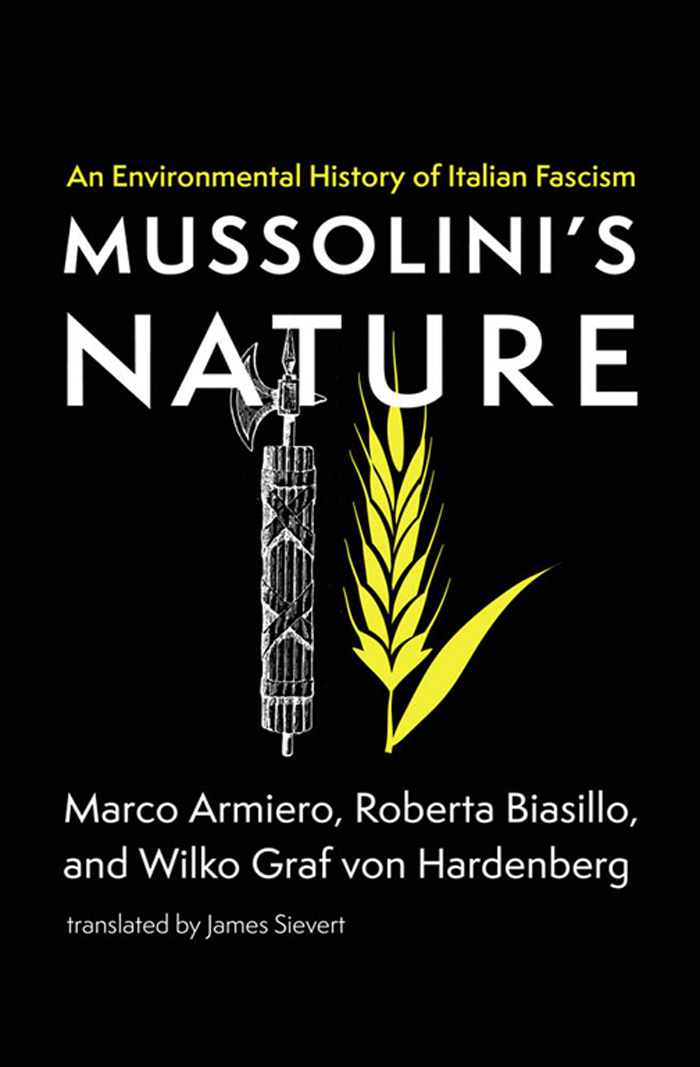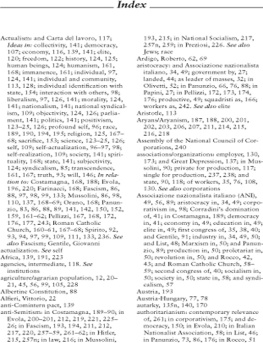
Mussolinis Nature
Mussolinis Nature
An Environmental History of Italian Fascism
Marco Armiero, Roberta Biasillo, and Wilko Graf von Hardenberg
translated by James Sievert
The MIT Press
Cambridge, Massachusetts
London, England
2022 Massachusetts Institute of Technology
Originally published as La natura del duce: una storia ambientale del fascismo 2022 Giulio Einaudi editore s.p.a., Torino
All rights reserved. No part of this book may be reproduced in any form by any electronic or mechanical means (including photocopying, recording, or information storage and retrieval) without permission in writing from the publisher.
This book was set in Adobe Garamond Pro by New Best-set Typesetters Ltd.
Library of Congress Cataloging-in-Publication Data
Names: Armiero, Marco, 1966- author. | Biasillo, Roberta, author. | Hardenberg, Wilko Graf von, author.
Title: Mussolinis nature : an environmental history of Italian Fascism / Marco Armiero, Roberta Biasillo, and Wilko Graf von Hardenberg ; translated by James Sievert.
Other titles: Natura del Duce. English
Description: Cambridge, Massachusetts : The MIT Press, [2022] | Includes bibliographical references and index. | Summary: Explores how Mussolinis regime developed a political ecology that mobilized nature to legitimize and serve fascist interests Provided by publisher.
Identifiers: LCCN 2022002089 (print) | LCCN 2022002090 (ebook) | ISBN 9780262544719 (Paperback) | ISBN 9780262372381 (pdf) | ISBN 9780262372398 (epub)
Subjects: LCSH: FascismItaly. | Political ecologyItalyHistory20th century. | Environmental policyItalyHistory20th century. | Mussolini, Benito, 1883-1945.
Classification: LCC DG571 .A844 2022 (print) | LCC DG571 (ebook) | DDC 945.091dc23/eng/20220616
LC record available at https://lccn.loc.gov/2022002089
LC ebook record available at https://lccn.loc.gov/2022002090
10 9 8 7 6 5 4 3 2 1
d_r0
To the antifascists of yesterday, today, and tomorrow
Contents
Acknowledgments
This book was translated with the support of the Max Weber Programme at the European University Institute in Florence and research funds from the Max Planck Institute for the History of Science (MPIWG) in Berlin.
Parts of the research involved in this book have been conducted with the support of the VisitINPS Scholars programme at the Istituto Nazionale di Previdenza Sociale in Italy, a postdoc funded by the Provincia Autonoma di Trento, and a Carson Fellowship at the Rachel Carson Center in Munich.
Wilko Graf von Hardenberg wants to thank also all the people at the Laboratorio di Storia della Alpi of the Universit della Svizzera Italiana for their support and the extremely useful discussions held between 2010 and 2014 that have finally found their way into this book, as well as the library of the MPIWG for the exceptional support in gathering all the relevant literature from a distance.
Marco Armiero wishes to thank Giovanni Salvietti and Vanni DAlessio for their generous help in providing bibliographic materials and Valeria Rucco who has, once more, guided us in the immense treasures of the Library of the Nucleo di Geografia of the Federico II University of Naples.
Introduction
We have no choice but to create; as we, people of this very time and generation, have the duty to entirely transform the face of the Motherland, both spiritually and materially. In ten years time, comrades-in-arms, Italy will be unrecognizable! We achieve all this once we have transformed it, once everything is new, from the mountains finally covered in their green top-layer down to lowland fields brought along the path of reclamation, to the railways, which we will have increased, to the ports, which we will have equipped, because Italy must rediscover its maritime soul.
Benito Mussolini, Al popolo di Reggio Emilia, 1926
In his typically emphatic tone, Mussolini bluntly recorded that the fascist regime had its own vision of nature and a clear project for the transformation of the Italian environment. To be more precise, the fascist project resembled regeneration more than a generic plan of transformation. The regimes practices were not so different from its narratives, and they were grounded on the belief that nature had to undergo a deep transformation process in order to return to its original condition. The fascist regeneration of the country and its people involved both the body and the soul as well as the land and the spirit of the nation. Land reclamation was the key word in the fascist discourse and practices of nature, and it was a concept closely linked to that of regeneration. By modifying the land, the regime intended to regenerate Italians, and not just the places in which they lived. As Ruth Ben-Ghiat brilliantly noted in her volume on fascist modernity:
Yet land reclamation merely constituted the most concrete manifestation of the fascists desire to purify the nation of all social and cultural pathology. The campaigns for agricultural reclamation (bonifica agricola), human reclamation (bonifica umana), and cultural reclamation (bonifica della cultura), together with the anti-Jewish laws, are seen here as different facets and phases of a comprehensive project to combat degeneration and radically renew Italian society.
After all, what was the celebration of the rural world against the urban world, so strong in Italian fascism, yet in much of Nazi and fascist culture beyond Italys borders too, if not a narrative of the fusion of nature and people? The fascist land reclamation plan left its imprint on the landscape, but also on the people who lived through it. Land reclamation implied in fact a human reclamationthat is, the fascist project of improving not only external nature but also internal nature: people and places at the same time. As Patrizia Dogliani has written, the reclamation areas became open-air laboratories where the regime aimed to create a new race of Italians, forged by the daily struggle with the adversities of nature.
Although the prominence of the reclamation narrative leaves no doubt about fascist interest in the environment, little has been written with regard to an environmental history of the regime. This gap is particularly surprising considering the numerous volumes devoted to the environmental aspects of Nazi politics and culture. Beginning in 1980, with Anna Bramwells controversial and rather flimsy thesis on a supposed green wing of the Nazi movement, many studies have been published on the topic, contributing to a better understanding of the relationship between nature and the Nazis.
According to Bramwell, the philosophical basis of fascist culture, embodied by philosopher Giovanni Gentile, acted as an unsurmountable obstacle for the regime to develop any ecological interest. Indeed, Gentile himself, who headed the fascist Ministry of Public Education, removed natural sciences from the curricula of Italian public schools, thereby perfectly making Bramwells point about Italian fascisms disinterest in nature. Bramwells thesis has been criticized by many scholars, who have denied the possibility of any linear progression between Nazi blood and soil and postwar environmentalism. We believe it is misleading and historically questionable to focus research on rating to what extent the fascist regime was green. As historians, we find it problematic to think of environmentalism as a metahistorical category, always the same over time, as if there existed somewhere an unchanging set of rules for the good ecologist, on the basis of which it would be possible to measure how green a given regime or historical figure was.
Next page










